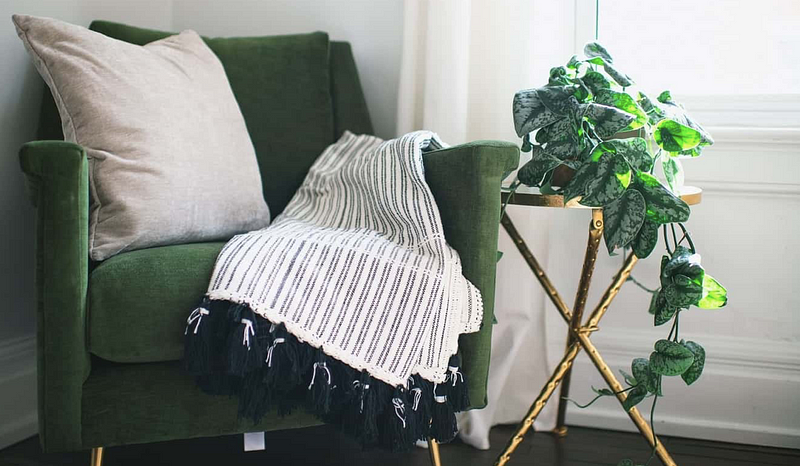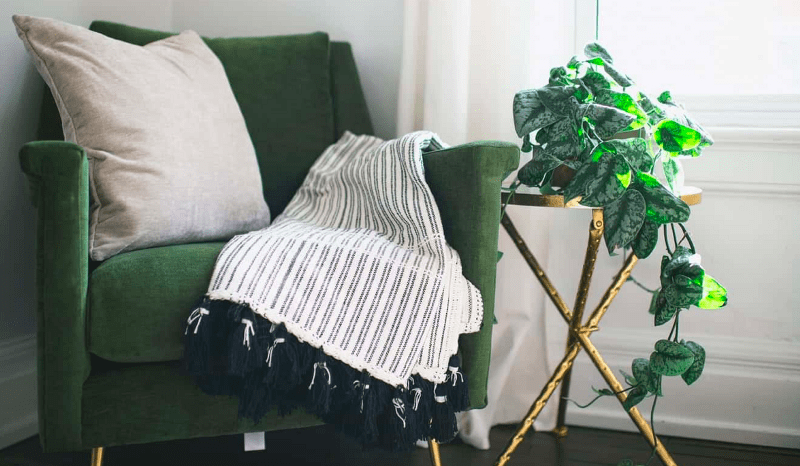Best is what you seek. Your new blanket has numerous characteristics beyond just being soft, cosy, and fresh. Your comforter delivers warmth and aesthetic appeal, and your sheets are nice against your skin, but what about a warm blanket? Most people tuck the blanket between the two layers, which creates a unique, additional comforting pocket.
How to Make the Right Blanket Choice for a Restful Night’s Sleep

Who would have guessed that selecting a blanket involves more than just deciding on a colour and size? We made the decision to part with our old blankets and exchange them for a warm new one. But we needed some clarification on a few points first.
How do you decide which size blanket to use on your bed? You’ll need a blanket big enough to cover your mattress when you get a new one for your bed, plus a few additional inches to tuck in around the sides and bottom. Remember that exact sizes differ from maker to manufacturer; measure your mattress before making a purchase. Here are some common blanket sizes:
Twin: 90″ x 65″
Full: 90″ x 85″
Queen: 90 by 90 in.
King: 90″ x 110″
Let’s discuss the ideal material for your blanket.
It’s not as easy as you might assume to select the right fabric for your new blanket. There is a blanket to fit your specific needs, regardless of how you sleep or any allergy issues, therefore the fabric should be based on personal tastes. Some people could prefer a smooth feel, while others would favour a fuzzy one. We outlined the advantages of the six most popular blanket fabrics.
Cotton
Cotton blankets maintain their durability after numerous washings, preventing the accumulation of allergens in the bed’s microclimate. Cotton can be either lightweight enough for usage during the summer or hefty enough for use during the winter. Cotton’s softness and breathability are its finest attributes, which increase comfort.
Wool
Wool can be heavy or light, and people frequently use it to stay warm and insulate, especially when they are shivering in the winter. Wool can also be worn lightly and in the summer to stay cool because it helps to wick away moisture while you sleep. While some wool can be scratchy, the majority of contemporary wool blankets are smooth, light, and a terrific choice for year-round comfort.
Synthetics
The two most popular synthetic materials used to make blankets are polyester and acrylic. Synthetic blankets don’t breathe and don’t allow moisture to escape, yet they are warm and have a propensity to attract static electricity. On the bright side, synthetic blankets are typically less expensive than wool or down. However, these blankets retain hair, dust, and loose threads.
Fleece
If comfort is your first priority, fleece can be the ideal choice for you because it is cosy, warm, and not overly heavy. There are many various sorts of fleece, and kids particularly like it.
Vellux. Vellux blankets, often known as hotel blankets, are made of soft nylon wrapped around a thin foam core. These blankets are incredibly warm, hypoallergenic, and durable enough to withstand several washings.
Hope it helps!





